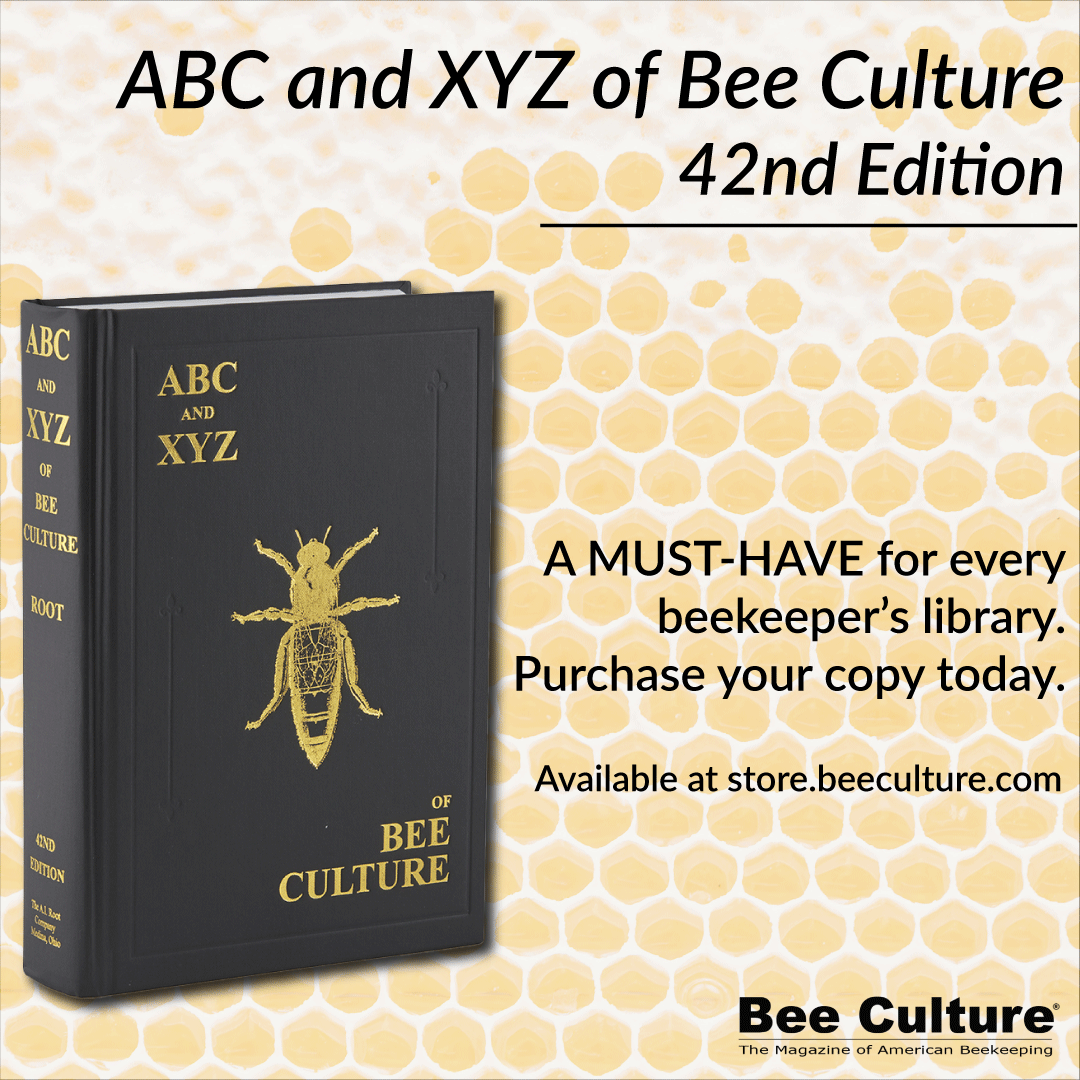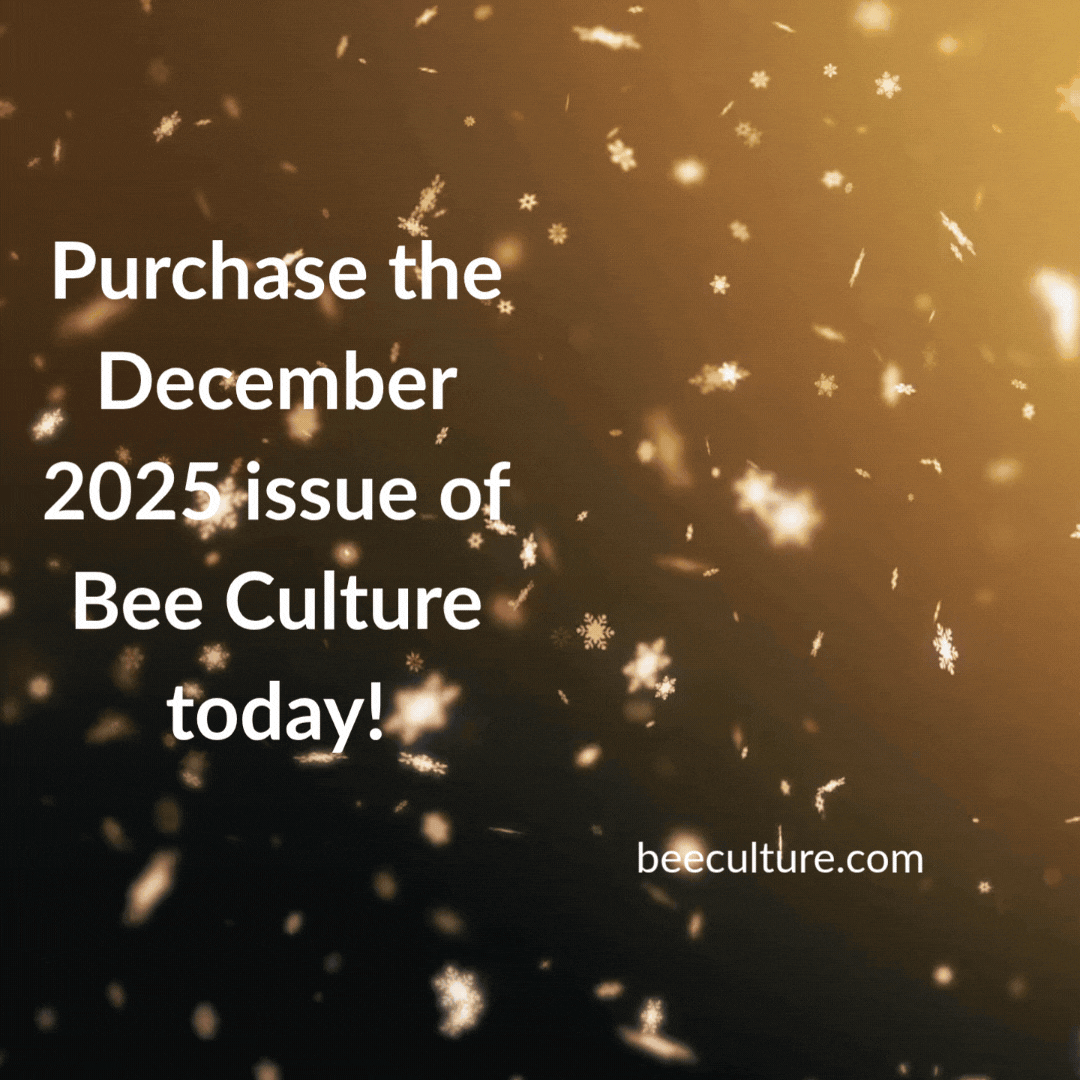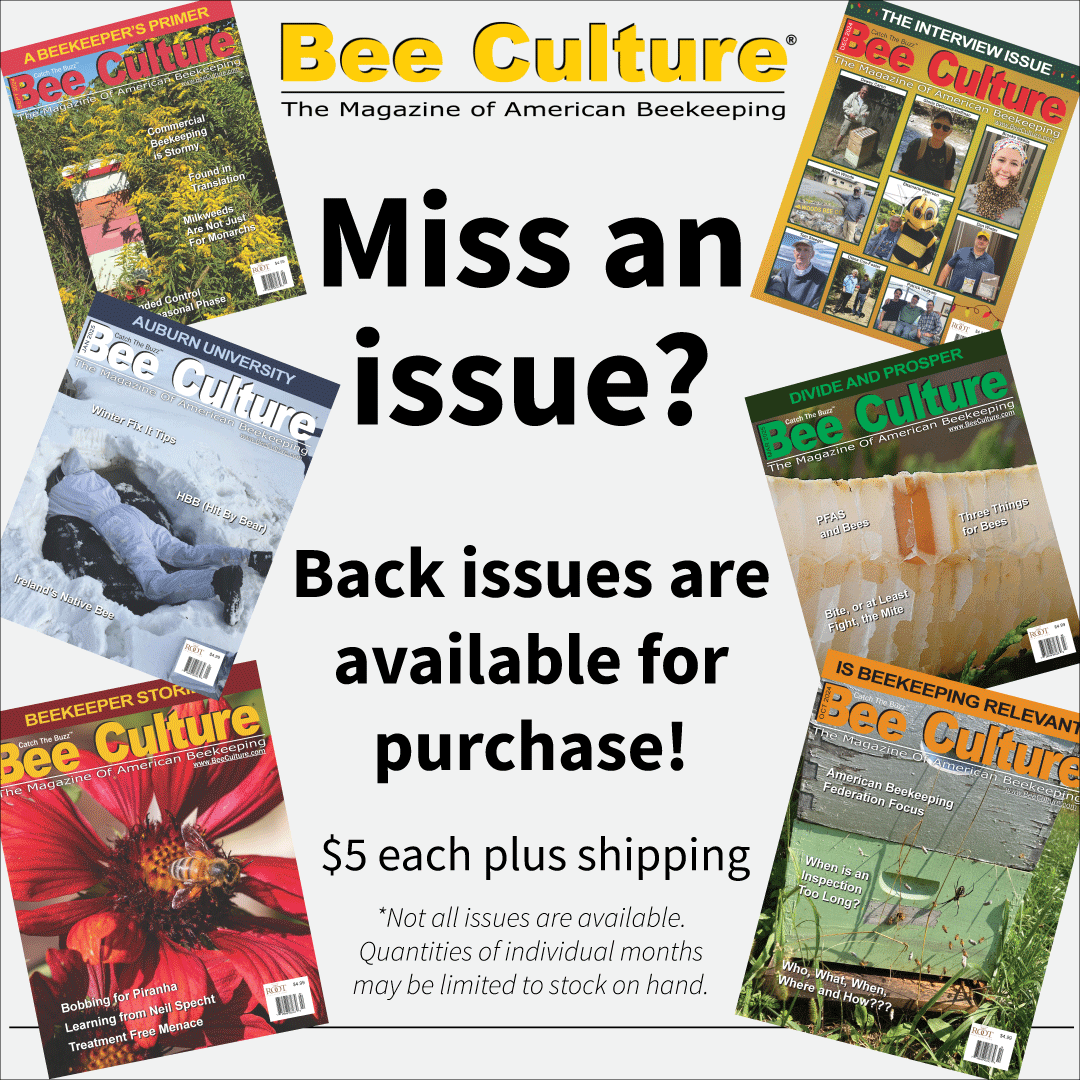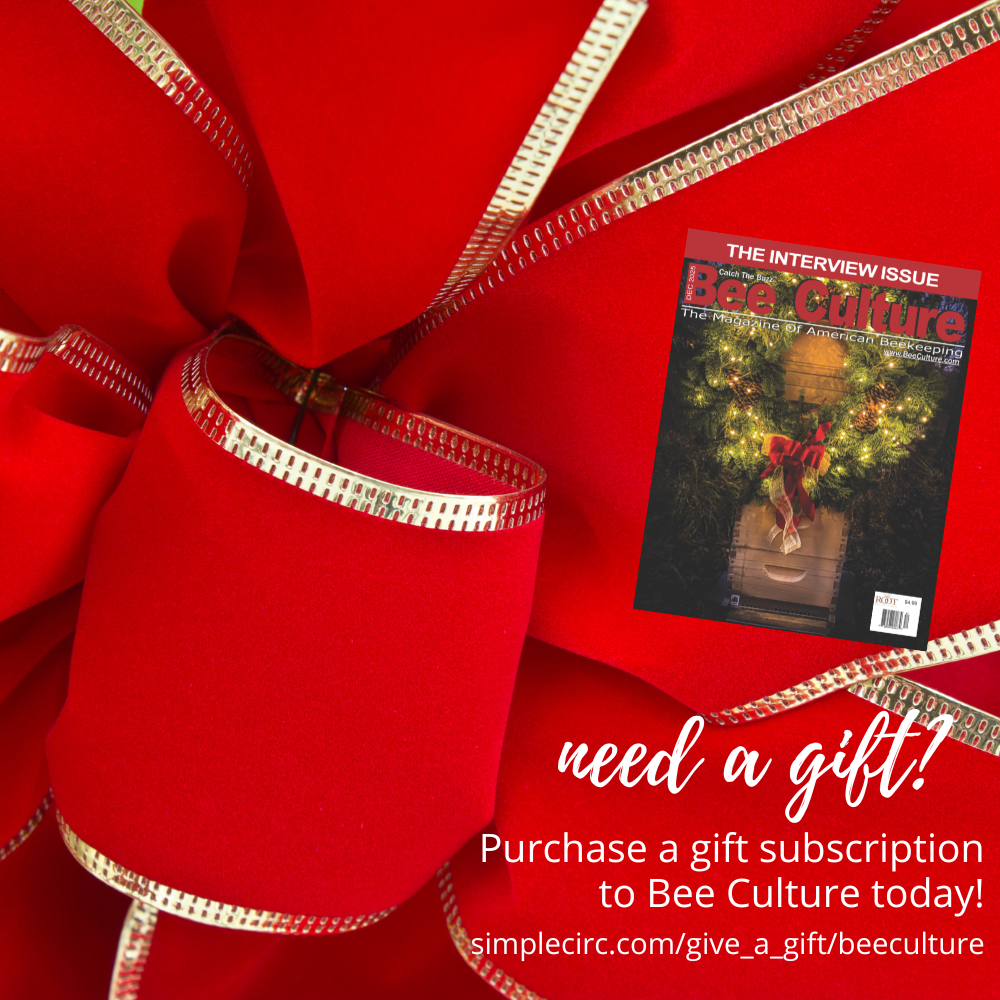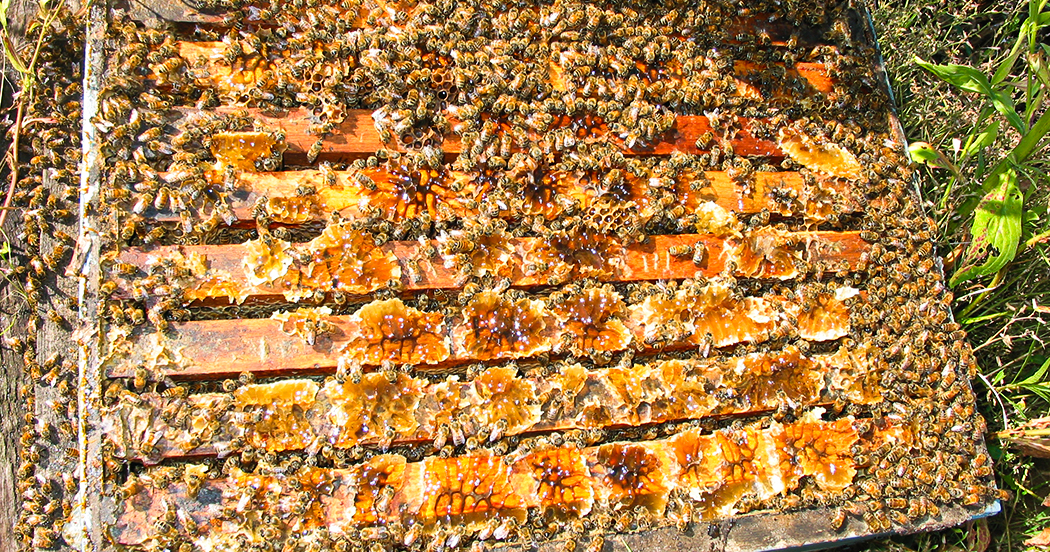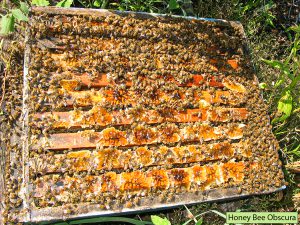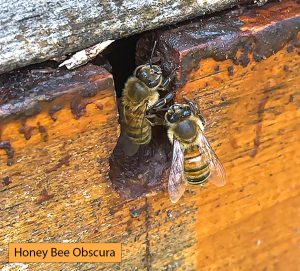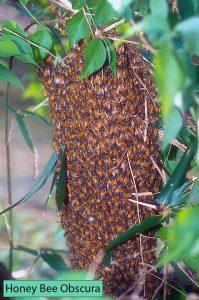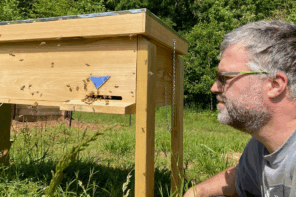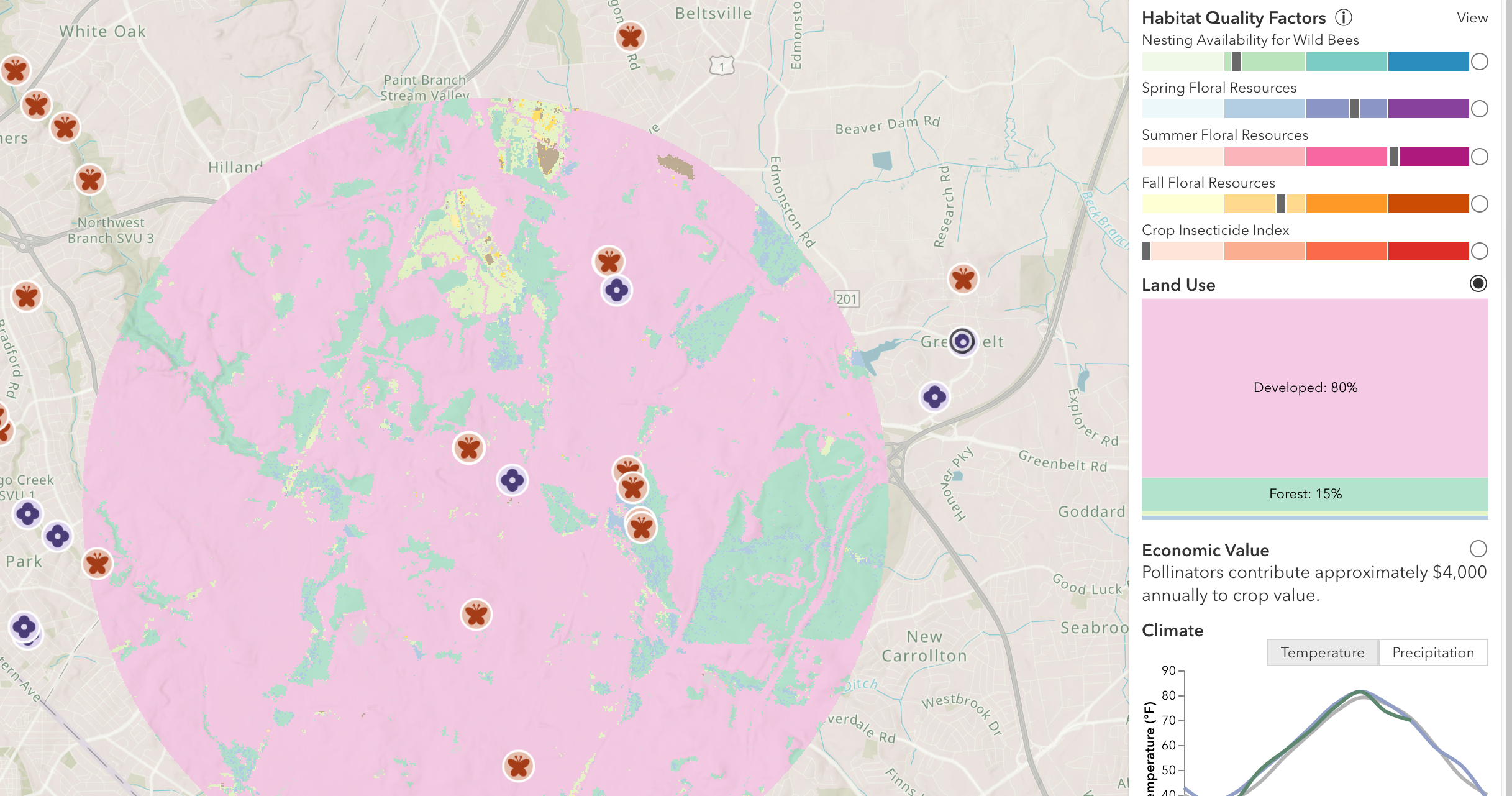Click Here if you listened. We’d love to know what you think. There is even a spot for feedback!
Read along below!
General Honey Bee Swarm Biology and Management
(Part 1)
An Overview of a Typical Honey Bee Swarm Episode
By: James E. Tew
The Springtime event
The general story is that a colony – probably headed by queen that is more than one year old – comes out of Winter with a good population (Maybe 15,000 – 30,000 bees). Swarming genetics is important in this event, too. Essentially, the bees must know genetically know how to swarm. Early in the season, drone production is started by nurse bees until about 400-600 drones are within the colony. The brood nest becomes increasingly crowded with developing bees and food stores.
At the next mysterious point1, nurse bees begin to either build or modify queen cups into which the queen will – again mysteriously, deposit eggs. The swarming stage is set.
The swarm composition
At the next point – normally just about the time the virgin queens begin to emerge, the bees will “decide” who is to leave and who is to stay. While we still don’t know how bees get in the various categories, we do know that about half the bees go with the departing swarm.
Of the bees that depart, many do not stay with the swarm but return to the parent nest. The half that leaves will be comprised of all stages of adult worker bees, some of the drones, and the old queen. There can be no eggs, and no immature bees transferred during the swarming procedure.
While the swarm is in transit, yet more mysteries abound. Swarms appear to move slowly – and they frequently do – but swarms can also move very fast. Slow swarm movers are usually headed for a temporary site where they hang for a few days while scout bees search for new nesting sites. Fast swarm movers (apparently) already know where their new home site will be and rapidly fly to it. Either way, new nest site selection is a complicated subject about which we know little. Seeley2 eloquently described the technical details of swarm behavior so beekeeper understanding continues to advance.
The new home site
At the new home site, the pioneers set about putting a new home together in a new neighborhood. Since they have no brood to feed, and since a nectar flow is usually underway, wax production and colony development occurs rapidly. The old queen begins prodigious egg production for the colony must have both bee and food resources for the upcoming winter. They can’t tarry. Winter is on their instinctual minds.
A change of queens
Frequently, the old queen can’t maintain the frenetic reproduction pace and begins to fall behind in her duties. In still yet another mysterious move, nurse bees begin supersedure procedures and new queens are developed. Some of these virgins emerge, fight it out (or are kicked out by house bees) until only one new queen remains. Somewhere along the way, the old queen is put out to bee pasture and the new queen, after an arduous mating process, takes charge of what is now a completely separate, functional, independent bee colony. Finally, after several months of nest development, the process of colony fission is complete.
Swarming bees
For eons beekeepers have chased swarms. In our recent beekeeping past, swarm acquisition was a common way for new people to begin an interest in beekeeping. Varroa predation changed all that.
Beekeepers who gather swarms – from anywhere – are also concentrating a strong swarming characteristic in their bee stock. While swarming can’t be stopped, it can be mitigated. Though very few of us do it, it would be a good idea to requeen new swarms with new queens and circumvent the whole swarm queen supersedure stage. I realize that only in a perfect bee world would that management task be done.
The swarming behavior may partially be the result of the evolution of absconding behavior or migratory behavior; otherwise, why does the old queen go with the swarm rather than the colony waiting around for the new queen to emerge and then go with her? It’s commonly said that honey bees have a tropical ancestry where migratory and absconding behavior are much more prevalent. Whatever the reason, the behaviors of swarming, supersedure, and absconding appear to have characteristics in common.
How the colony got to this point
Back in the parent colony, in late Winter, brood production started at a leisurely pace with probably just a few hundred eggs. As the season progresses and Spring pollen sources become available, that pace increases – dramatically. As things heat up, the queen’s retinue nearly doubles, and she is constantly having food pushed her way. For the queen, it becomes an eating and egg laying frenzy.
The “balance” of the colony is always important – at any time of the year. As the brood begins to develop and as all the readily available worker cells are filled, drones and finally new queens are produced. All the while, the brood nest has truly become a happening place. Increasingly crowded and hot – with new bees, old bees, drones, few empty cells, and Spring pollen coming in, the colony balance is threatened. When the colony has too many nurse bees with full brood food glands and not much to do with the brood food, and, no doubt, the queen that has been laying eggs at a prodigious rate has expanded beyond her ability to pheromonally suppress ovarian development in worker bees, the queen is abruptly put on a strict nutritional diet by nurse bees. At this point, the colony has experienced the swarming stimulus. From this point on, the routine recommendation of adding abundant brood chamber space will no longer suppress the swarming response. The swarm switch has been triggered.
The queen must lose weight to fly – this probably being only the second period in her entire life when she will be outside the colony (other than to be assigned her final resting place). Her abdomen shrinks, and she becomes much lighter and mobile. She is treated brusquely by surrounding nurse and house bees. There is an air of excitement and energy throughout the colony.
To this point
To this point, at least four things have occurred within the colony:
- The colony has significantly increased in size.
- The brood nest has become congested.
- The worker age distribution has become distorted.
- The transmission of queen substances has been diluted per individual bee.
It’s elementary to say that swarming is a complicated issue when most things in beekeeping are complicated beyond our comprehension; but having said that, swarming is truly a complicated event. Two broad theories are still the foundation of the swarming instinct – (1) the brood food theory and (2) brood nest congestion theory. The problem is that neither theory completely addresses the swarm response. Clearly, brood food levels in nurse bees and congested brood nests are only part of the stimulus to swarm.
While brood food levels and brood nest crowding are clearly established tenets of swarming; they cannot be the only reasons.
It takes a bee village
While I have spent much of my comments on the activities of the queen mixed with comments about brood food and colony congestion, to successfully swarm appropriate populations of multivariate aged brood, adult workers, drones, and queens must be available. To this list must be added the requirement for abundant food resources. Food must be abundant within the hive and outside the hive or otherwise this discussion drifts toward either absconding or migrating behavior. For hive fission to successfully occur, many elements – both known and unknown must occur.
Eloquent vs. simplicity
“My colony is going to swarm (forget the academics) so I will clip off the queen’s wings. That should shut them down.” This describes an exquisite situation fixed with a practical solution. The 14th century Franciscan friar William of Ockham wrote, “Of two competing theories or explanations, all other things being equal, the simpler one is to be preferred.” Occam’s razor (The Theory of Parsimony) is established in the scientific literature. When we, as beekeepers, clip the wings of a queen, we are employing a modified version of this advice. Swarming is complex, confusing and costly. So, we perform simple procedures – like clipping wings or adding more brood space – neither of which solve the problem, but may forestall the complex swarming event a bit.
What should you do to forestall swarming?
Essentially, you should add brood space well before it’s needed by the colony and, second, you should keep a young, prolific queen as the colony monarch. If you hive a swarm, requeening with it a vibrant, new queen before it either starts supersedure procedures itself or before it produces drones that will be carrying the swarm biology instinct. Though it probably won’t stop swarming activity, providing adequate hive space will be helpful.
What should you not do to forestall swarming?
Clipping queens is not really a good idea. The queen will still leave the colony and will hop along the ground. She may or may not get back to the colony once she has tried to fly. When one of the new queens emerges, the colony will probably swarm with her.
Tearing down queen cells is beekeeper busy work also. If you really don’t want a colony to swarm, destroying a few cells won’t hurt, but it certainly won’t stop swarming either. Colonies with a high penchant for swarming can issue without any swarm cells at all; plus, you only have to miss one cell to allow the process to advance normally.
Caging the queen for a while – unless it’s really a long time – probably won’t help much either. Once the colony has undergone preparations for swarming, it’s really difficult to change its mind. As with destroyed cells, some colonies will leave the caged queen and depart with one of the new queens that may or may not be mated.
They’re leaving
You’ve tried, but you’ve lost. Within the colony, on a warm day (probably mid-morning to mid-afternoon) workers within the colony begin racing around the colony disrupting events and literally pushing the queen toward the entrance. The swarm begins to depart. At some point, the queen exits the colony into the bright light of day. While she doesn’t lead the swarm, her presence is vital to the swarm’s departure. At this point, the swarm is in the air. It’s a behavioral wonderment. Every time I witness this event, I stand in biological awe as the swarm takes to the air.
Outside the hive
When the swarm departs, what a ruckus goes on and how quickly it happens. Thousands of bees everywhere – flying, crawling, running, crashing into each other – organized chaos. To the human observer, it looks random. How could there be any order to this confusion? Though flying honey bees can hover, they seem to only do it for a short while. For instance, when they pack pollen, they will briefly hover near the blossoms being pollinated. Or when they are challenging you, they will sometime hover near your face seemingly trying to intimidate you.
So, here’s the situation – in short order, thousands of bees must exit a reasonably small nest entrance. They can’t all do it at once so what are the first bees already outside to do? Sit on the ground or surrounding foliage? Some do, but most don’t. Others form a mass on the hive. Some do, but not all. Hover in a holding pattern for several minutes? No, bees don’t seem to hover very long. How do waiting bees outside the hive keep themselves busy as they await the word to depart? They randomly fly near the hive until all are outside and the bee word is pheromonally and behaviorally given to move out. All that confusion outside the hive is just a holding pattern until all the departing bees can warm up their flight muscles in preparation for the short trip to the temporary bivouac site.
But wait! Hold everything. The swarm is now chaotically returning to the hive. Yes, it looks like the bees are all returning. Is the swarm aborted? Maybe. In Part 2, that is where I will pick up next month.
Thank you.
Even though I hate losing swarms, I am always intrigued by the process. It is bee biology in action. Thank you for reading my thoughts in this article.
Dr. James E. Tew
Emeritus Faculty, Entomology
The Ohio State University
tewbee2@gmail.com
Host, Honey Bee
Obscura Podcast
www.honeybeeobscura.com
1 The event is not totally mysterious. We know that decreasing queen pheromone levels plays a critical role in this decision.
2 Seeley, Thomas D. 2010. Honey Bee Democracy. Princeton University Press. Princeton, NJ. 273 pp.

